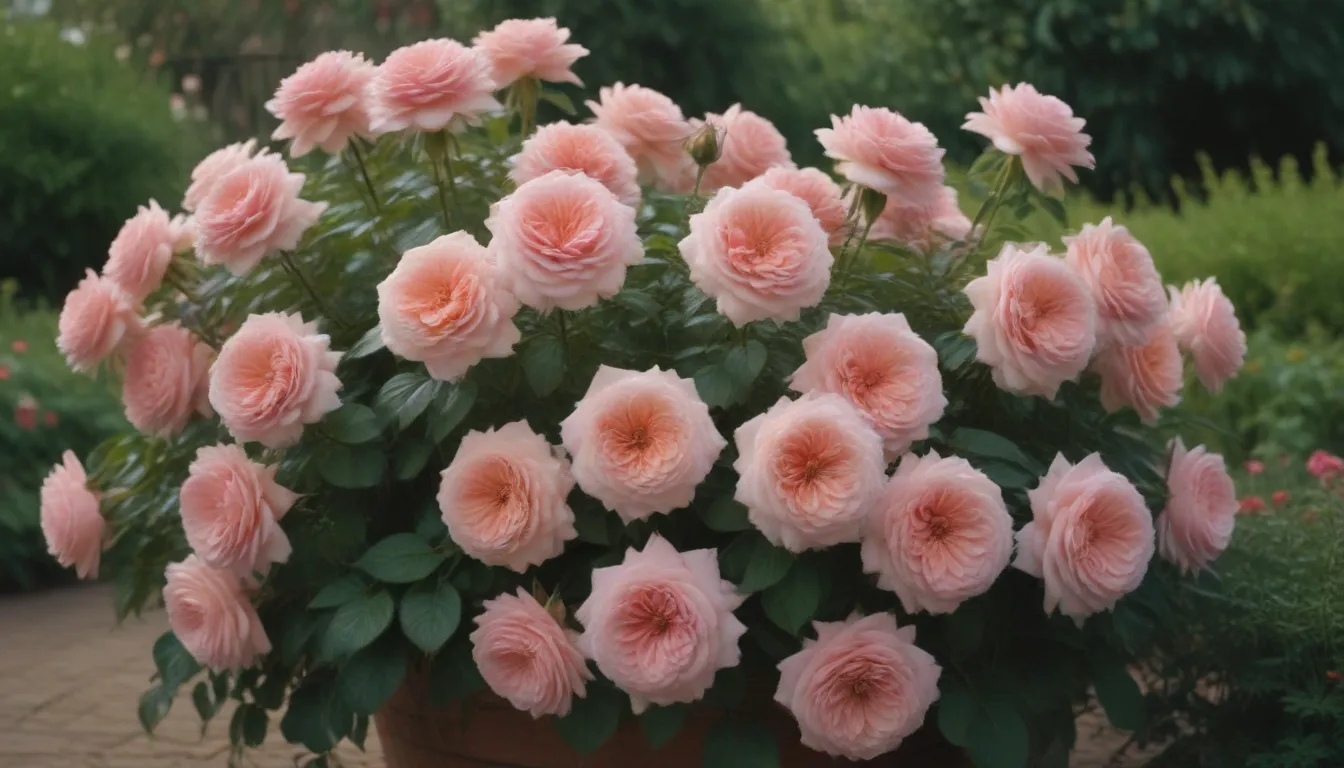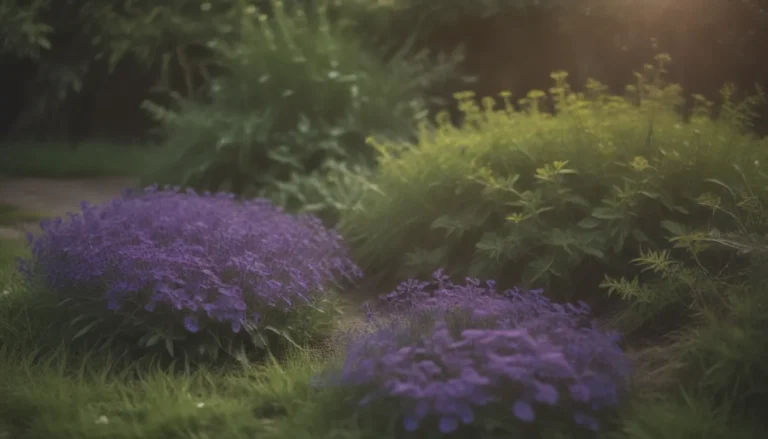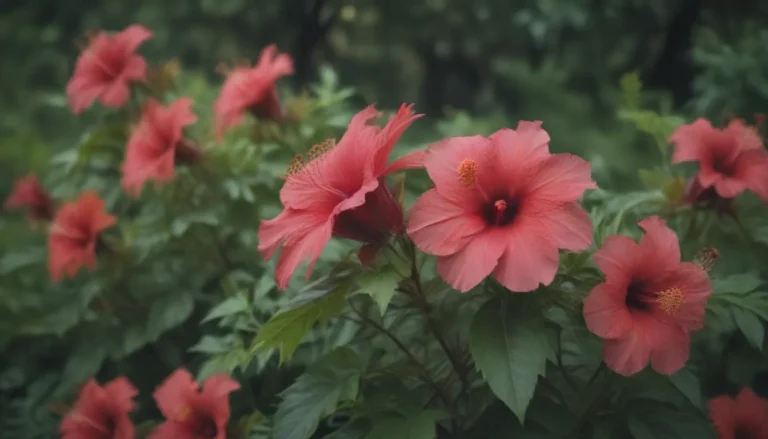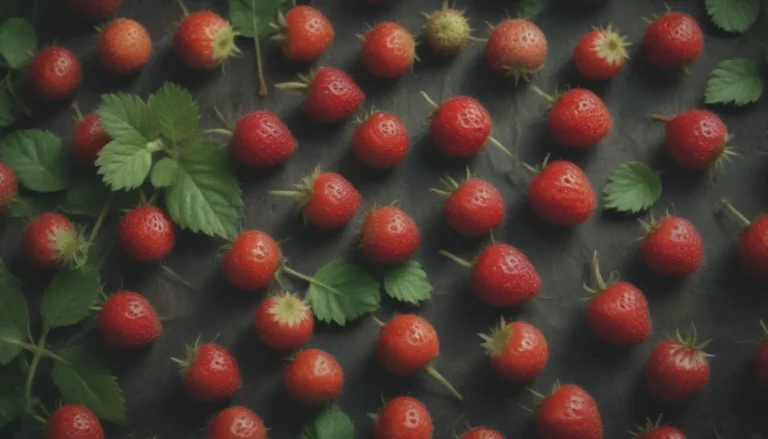Enhancing Your Rose Garden: The Ultimate Guide to Companion Plants

Roses are undoubtedly a beautiful addition to any garden. However, pairing them with plants that complement their form, texture, or bloom during their off-season can take your garden to a whole new level. In this comprehensive guide, we will explore the best companion plants for roses, along with essential growing tips to ensure your garden thrives.
Why Choose Companion Plants for Your Roses?
Growing plants alongside roses is not only about aesthetics; it also serves practical purposes. By selecting companion plants with similar growing conditions, you can create a harmonious garden that benefits all your plants. Additionally, choosing the right companions can help control pests, improve soil quality, and enhance overall plant health.
When selecting companion plants for your roses, consider the following factors:
- Sunlight: Roses require direct sunlight, so choose plants that thrive in sunny conditions.
- Soil: Ensure your companion plants can tolerate well-draining soil, similar to what roses prefer.
- Space: Plant companion plants at least a foot apart to avoid overcrowding and competition for resources.
- Climate: Select plants that are well-suited to your local climate for optimal growth.
Now, let’s dive into a variety of perennials and annuals that make excellent companions for your rose garden, along with valuable tips for growing them successfully alongside your roses.
Perennial Companion Plants:
Anise-Hyssop (Agastache)
- The tall, spiky flowers of anise-hyssop complement the cup shape of roses.
- Anise-hyssop comes in various colors to match your rose garden.
Bellflower (Campanula)
- Bellflowers can be tall flowering varieties or ground-covering species.
- Most bellflowers bloom repeatedly throughout the summer, filling in gaps when roses are not in bloom.
Catmint (Nepeta)
- Catmint is a classic companion for roses, with abundant blue flowers that hide the base of rose plants.
- Cut back catmint after flowering for continuous blooms.
Blue False-Indigo (Baptisia)
- One of the most beautiful blue flowers, baptisia can upstage roses with its striking blooms.
- Even after flowering, baptisia’s foliage and seed pods add interest to the garden.
Garden Phlox (Phlox)
- Improved varieties of garden phlox are less susceptible to powdery mildew.
- Tall phlox plants form dense clumps that complement roses beautifully.
Globe Thistle (Echinops)
- Echinops offers a stark contrast to roses with its thistle-like blossoms.
- The steely blue color of echinops works well with pink, coral, and yellow roses.
Geraniums (Geranium)
- Hardy geraniums form a living mulch under roses, protecting roots and complementing flowers.
- Geraniums come in various shades of white, pink, and blue to match your rose garden.
Germander (Teucrium)
- This underused herb forms a dense carpet, reducing the need for weeding.
- Germander blooms early, complementing roses as they wake up in the season.
Lady’s Mantle (Alchemilla)
- Lady’s mantle adds charm to rose borders with its spilling chartreuse flowers.
- Planting lady’s mantle under roses can create a picturesque English garden feel.
Lavender (Lavandula)
- A lavender and rose combination offers scented blooms and visual appeal.
- Choose lavender colors that complement your rose varieties.
Lilies (Lilium)
- Lilies provide bold, nodding flowers that contrast nicely with rose sprays.
- Enjoy both fragrance and visual interest with lilies blooming alongside roses.
Meadow Sage (Salvia)
- Salvias are dependable garden plants that bloom before roses and continue for weeks.
- Deadhead salvias for repeat blooms throughout the season.
Ornamental Onions (Allium)
- Large allium varieties bloom in mid-spring, complementing early rose growth.
- Allium seed heads make a great foil for delicate roses even after flowering.
Russian-Sage (Perovskia)
- Russian sage offers airy purple flowers that contrast beautifully with roses.
- Provide ample space to prevent Russian sage from overwhelming rose plants.
Sea Holly (Eryngium)
- Sea holly provides a cool contrast to bold rose colors with its silver flowers.
- The height of sea holly creates a curtain effect for rose plants.
Spurge (Euphorbia)
- Euphorbia plants have long-lasting blooms and foliage that complements roses.
- Blue-green leaves provide a backdrop when roses are in bloom.
Wormwood (Artemisia)
- Wormwood offers soft, silvery-gray foliage that enhances the beauty of roses.
- Low maintenance and visually striking, wormwood is an ideal rose companion.
Yarrow (Achillea)
- Yarrow thrives in full sun and dry conditions, making it an excellent match for roses.
- Pair yarrow with roses for a low-maintenance, drought-tolerant garden.
Annual Companion Plants:
Annual Phlox (Phlox)
- Low-growing annual phlox blooms almost non-stop, adding color to rose borders.
- Ideal for gardeners who like to change plantings annually for variety.
Four O’Clock (Mirabilis)
- Four o’clocks bloom in the late afternoon and evening, providing a show when you’re home to enjoy it.
- Add a touch of whimsy and color to your garden with these unique annual plants.
Heliotrope (Heliotropium)
- Mass plantings of heliotrope offer a delightful vanilla fragrance in the garden.
- Pair heliotrope with roses for a sweet, aromatic combination.
Lantana (Lantana)
- Lantana provides non-stop color between rose blooms, with a variety of colors and heights.
- Choose perennial varieties for warm climates or annuals for seasonal planting.
Larkspur (Consolida)
- Start the season with delicate larkspur blooms while waiting for roses to take off.
- Add a pop of color and elegance to your garden with larkspur’s airy flowers.
Million Bells (Calibrachoa)
- Million bells bloom continuously and come in a range of colors to complement roses.
- These small, petunia-like flowers add charm and vibrancy to rose borders.
Pansies (Viola)
- Pansies provide early spring color and a nice ground cover for rose plants.
- Keep pansies watered for continuous blooming into fall alongside roses.
Persian Shield
The bold leaves of Persian shield offer a striking contrast to pastel roses.
Plant Persian shield alongside peach-colored roses for a visually stunning combination.
Summer Snapdragon
Angelonia flowers pair well with any rose, allowing rose colors to shine.
The soft hues of angelonia provide a visual balance to more saturated rose blooms.
Flowering Tobacco
Tall nicotiana plants create a dramatic backdrop for roses with their white, tubular flowers.
Pair flowering tobacco with roses for a captivating display of color and contrast.
Blue Mist Shrub
The gray foliage of caryopteris shrubs complements any color rose.
Blue mist shrubs bloom in late summer, providing an eye-catching contrast to roses.
Boxwood
Create a timeless classic look by pairing boxwood with roses.
Use clipped boxwood as a border or accent to highlight the beauty of rose bushes.
Daphnes
With delicate scented flowers and berries, daphnes complement roses throughout the seasons.
The small growth habit of daphnes makes them a perfect companion for roses of any variety.
Spirea
Spirea shrubs are low-maintenance and offer season-long interest in the garden.
Choose pink or white flowering spirea to complement and tame the wildness of rose bushes.
By selecting the right companion plants for your roses, you can create a vibrant and harmonious garden that thrives throughout the seasons. Experiment with different combinations to find the perfect blend of colors, textures, and scents that enhance the beauty of your rose plants. Happy gardening!





